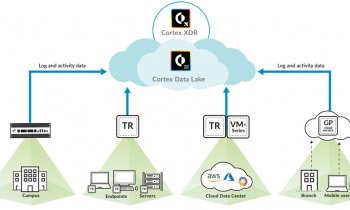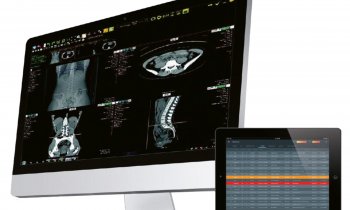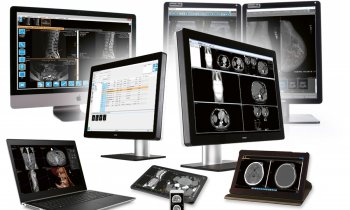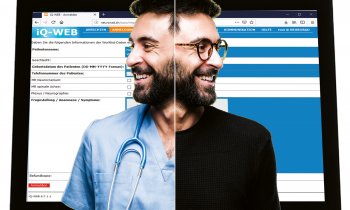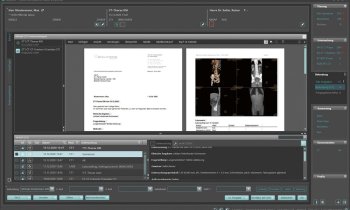ICT improves patient safety
By Dr Veli Stroetmann, of empirica, Germany, a research and consulting firm that focuses on businesses and healthcare IT developments
Improving patient safety and quality of care is of key importance for European citizens, and both the European Commission and Member States (MS) expect great benefits from new, information and communication technology (ICT)-based healthcare solutions.
Our European eHealth for Safety study (www.ehealth-for-safety.org) identified the potential benefits induced by the use of ICT along the full continuum of care, and provides a fresh perspective for advanced research in this area.
About 80% of medical errors begin with miscommunication, missing or incorrect information about patients, or lack of access to patient records. In England, an evaluation showed that lost or poorly completed records are a major factor in patient safety incidents. It is widely believed that moving from a paper to an electronic patient record (EPR) system would be the key to improving patient safety. In recent years, one of the most important developments in many European Member States has been the planning and implementation of electronic health record (EHR) systems at the national, regional and local level. EHR systems can fundamentally improve safety by supporting the continuity of care, from GP offices to hospital care, long-term settings, and even home care.
The European eHealth IMPACT study (www.ehealth-impact.org) showed that eHealth could indeed lead to better and safer healthcare, also rendering at the same time considerable economic benefits. An intriguing example of a successful large-scale deployment is IZIP, the nationwide Czech EHR system. This allows instant access to comprehensive patient information independent of the location of the citizen, supports continuity of care and achieves a significant reduction in duplicative examinations, tests, etc. (estimated at 7%).
The large-scale deployment of eHealth infrastructures also facilitates the broader implementation of other ICT tools that improve patient safety, such as Computerised Physician Order Entry (CPOE) or Decision Support Systems (DSS). DSS are built into most CPOE systems, providing basic advice regarding drug doses, allergy flagging, interactions etc. CPOE systems are a key technology to reduce medical errors. The e-pharmacy system at a UK hospital applies a combination of e-prescribing,
e-dispensing (robot system),
e-stock-management and
e-procurement for out-patients and discharged patients. Validated benefits include fewer prescribing errors, fewer dispensing errors (29% down from 30 to 21 per 100,000 packs), and shorter response time for urgent prescriptions (increase from 37% within one hour to 89%).
In this context, we must also mention computerised adverse event systems that monitor the occurrence of instances that could lead to adverse events and alert the clinician accordingly.
Experience shows that integrated systems, e.g. a combination of DSS, CPOE and alerting, are better accepted by professionals than stand-alone solutions. A key barrier to the wider diffusion of these systems is user acceptance. A deeper understanding of the complex cognitive and socio-technical interactions characteristic of healthcare processes will result in the design of even better systems to support safer outcomes in the hands of busy or poorly resourced physicians. Overall, ICT is an enabler that can revolutionise healthcare processes, and a key component of a safer healthcare environment. However, it is only one component, and management and cultural issues deserve the same attention. Moreover, a holistic vision and strategy, also taking into account organisational factors, is mandatory if safety is to be strengthened for all – be they healthy citizens or patients in need of the health service.
NB: This commentary (left) was written as part of the eHealth for Safety study. It reflects solely the views of the author. The European Community is not liable for any use that may be made of the information it contains. I would like to thank colleagues from the ICT for Health Unit, EC, for continuous support to this topic.
E-contact: veli.stroetmann@empirica.com
01.05.2007






